Sergei Prokofiev, born on 23 April 1891 in Sontsovka, Ukraine (then part of the Russian Empire), emerged as a towering figure in 20th-century music. His compositional voice, trained under Rimsky-Korsakov, emerged as a distinctive synthesis of modernist innovation and classical clarity. It is marked by incisive rhythms, unconventional harmonic progressions, and a penchant for vivid, often ironic, thematic characterization.
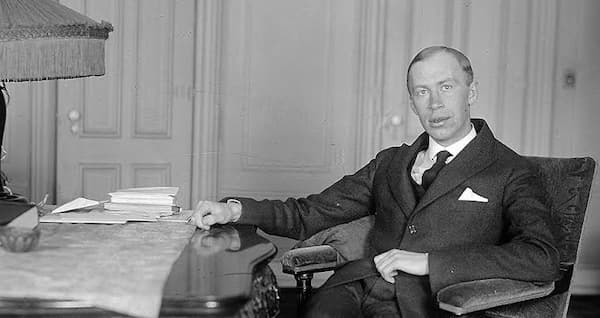
Sergei Prokofiev
Prokofiev’s career spanned revolutionary Russia, a period of self-imposed exile in the West, and a complex return to the Soviet Union, where he navigated the challenges of artistic expression under the regime of Joseph Stalin. Prokofiev’s music balances dramatic intensity with melodic accessibility while navigating the tensions between innovation and ideological constraints.
Prokofiev’s oeuvre reflects a restless creativity that defied convention and continues to captivate audiences worldwide. And among his most popular compositions are a number of orchestral suites, taken from his ballets, opera, and film scores. To celebrate his birthday on 23 April, let’s take a listen to 5 Magnificent Orchestral Suites.
Romeo and Juliet
Sergei Prokofiev: Romeo and Juliet, Suite No. 2
Throughout his career, Prokofiev crafted a series of orchestral suites that distil the essence of his larger works into concise and standalone orchestral pieces. These works highlight his ability to blend lyrical beauty with biting irony, folk-inspired melodies with modernist harmonies, and theatrical flair with symphonic depth. Each suite carries Prokofiev’s signature style in a playful yet sophisticated interplay of rhythm, melody, and orchestration.
Prokofiev’s most popular composition is his ballet adaptation of the Shakespearean drama Romeo and Juliet, dating from 1935/36. In all, Prokofiev produced not only the ballet score but also extracted three orchestral suites and a set of ten piano transcriptions. These extracts had immediate popular and professional appeal, and critics thought that it might be the salvation of modern music.
“Of all the modern composers,” a contemporary Chicago critic wrote, “this tall and boyish Russian has the most definite gift of melody, the most authentic contrapuntal technique, and he displays the subtlest and most imaginative use of dissonance.” It is indeed powerful and virtuosic music expertly drawn from the original ballet score. With impressive economy of means and without ever resorting to inflated emotionalism, Prokofiev’s musical pictorialism “is endlessly intriguing and his musical footprints clearly recognizable.”
These suites, performed widely in concert halls, reflect Prokofiev’s genius for transforming narrative-driven music into evocative, self-contained orchestral gems.
Scythian Suite
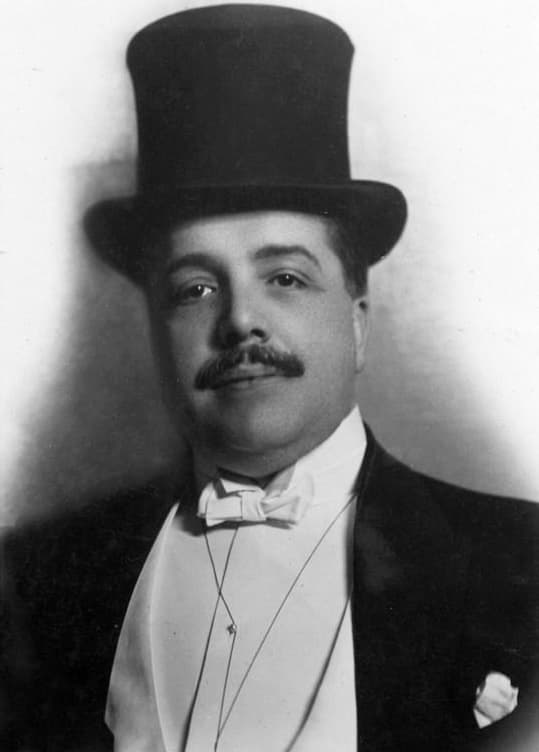
Sergei Diaghilev
Sergei Prokofiev: Scythian Suite (Chicago Symphony Orchestra; Claudio Abbado, cond.)
In the first quarter of the 20th century, Paris was abuzz with Sergei Diaghilev and the Ballets Russes. Prokofiev, who had already acquired a reputation as the newest sensation of Russian music, went out of his way to meet Diaghilev in London. Diaghilev was suitably impressed and commissioned the young composer to write a ballet with a prehistoric scenario.
Ala and Lolli was completed in early 1915, but rejected by Diaghilev “as being too close in spirit to Stravinsky’s Rite of Spring.” Diaghilev did commission a new ballet from Prokofiev, but before fulfilling that commission, the composer condensed the most effective numbers of the rejected ballet into his Scythian Suite.
It is one of Prokofiev’s most daring early works, a sonic evocation of a mythical nomadic tribe from the Eurasian steppes. Steeped in vivid imagery, rhythmic intensity and bold orchestration, each movement paints a distinct scene of Scythian life and mythology. While Stravinsky’s work emphasises rhythmic complexity and structural fragmentation, Prokofiev’s Scythian Suite leans into vivid orchestral colours, relentless momentum, and a more lyrical, narrative-driven approach within its modernist framework.
Lieutenant Kijé Suite
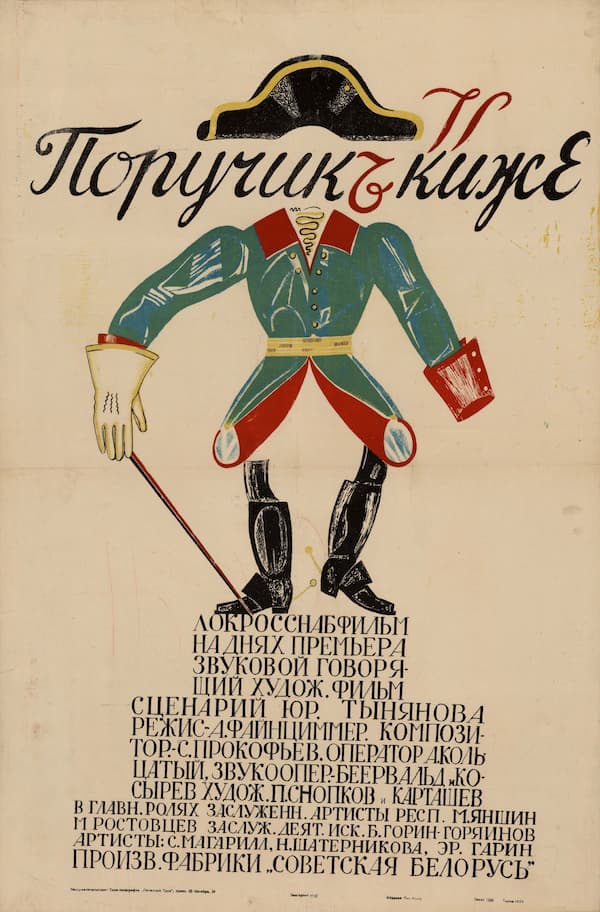
Lietenant Kije (Film)
Sergei Prokofiev: Lieutenant Kijé Suite (Cincinnati Symphony Orchestra; Paavo Järvi, cond.)
After living in Paris for 10 years, Prokofiev returned to Russia in 1933. His first project back home was an invitation to compose music for the film “Lieutenant Kije.” The plot involves a fictional character during the reign of Emperor Paul I of Russia. In order to cover up a transcription error, the fictional soldier “Kije” is created, who rises meteorically through the ranks. When the Emperor wants to meet the heroic officer, he is told that the brave soldier has died in battle.
Prokofiev had no experience in composing music for film, but he was very confident. “I somehow had no doubts whatever about the musical language for the film… What is important to me is the era, the internal meaning of each event, the personality of each hero and not mere musical illustration.”
For his score, Prokofiev combined elements of humour and romance with a touch of underlying melancholy. A critic writes, “Prokofiev’s unfailingly witty and melodious score runs for about 15 minutes, and consists of a series of 16 short fragments or leitmotifs which are repeated at appropriate times during the film’s duration, to highlight specific moments in the drama.” It might be debatable, but this orchestral suite is probably the first instance of a film score being adapted into a significant musical work.
The Love for 3 Oranges Suite
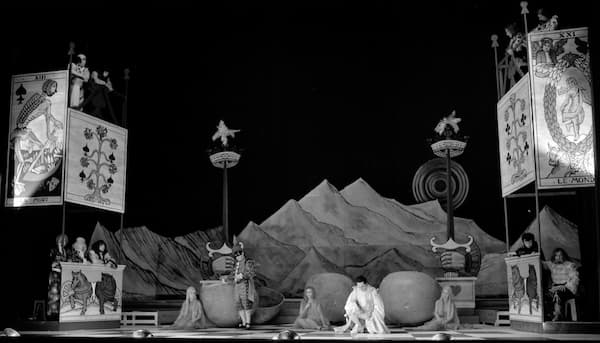
The Love for 3 Oranges Suite
Sergei Prokofiev: The Love for 3 Oranges Suite (Royal Scottish National Orchestra; Neeme Järvi, cond.)
Sergei Prokofiev described his two-year tenure in America as a gradual failure process. Much of his disappointment stems from the fact that the American public could not come to terms with his opera The Love for 3 Oranges. Originally based on an Italian play in the traditions of Commedia dell’Arte by Carlo Gozzi, Prokofiev’s satirical fairy-tale opera was commissioned by the Chicago Opera in 1918. Internal squabbles and posturing almost sank the opera before it reached the stage.
When it eventually reached the stage on 30 December 1921, it was described as “Russian jazz with Bolshevik trimmings.” Indeed, critics found “no real music” in the score, and when the Chicago production moved to New York in February 1922, rejection was unanimous.
Prokofiev, however, realised the potential of the opera’s orchestral brilliance for concert performance. As such, he drafted six movements that distil the most vivid moments into a concise and standalone work that captures its whimsical yet sardonic spirit. By repurposing his operatic score into a concert work, Prokofiev created a sparkling orchestral showpiece that highlights his talent for blending irony, lyricism, and virtuosic orchestration.
Cinderella Suite
Prokofiev premiered his ballet Cinderella at the Bolshoi Theatre in Moscow in 1945. One of his most beloved stage works, it blends fairy-tale enchantment with psychological depth and his characteristic blend of lyricism, wit, and modernist edge. Prokofiev’s ballet score, written for a large orchestra, is renowned for its vivid characterisation and lush melodies, capturing both the story’s whimsy and its emotional undercurrents.
During the turbulent years of World War II, Prokofiev faced significant challenges, but Cinderella reflects a turn toward a more lyrical and accessible style. Partly in response to Soviet demands for optimistic and narrative-driven art, Prokofiev created three orchestral suites and a separate Waltz Suite by extracting key movements from the ballet.
These suites reflect Prokofiev’s mastery of programmatic music, individual movements painting a specific character, scene, or emotion. Unlike the satirical edge of The Love for Three Oranges or the primal intensity of the Scythian Suite, the Cinderella Suites balance fairy-tale charm with sophisticated orchestration and subtle psychological insight, making them some of Prokofiev’s most refined and magnificent orchestral works.
Bonus Selection
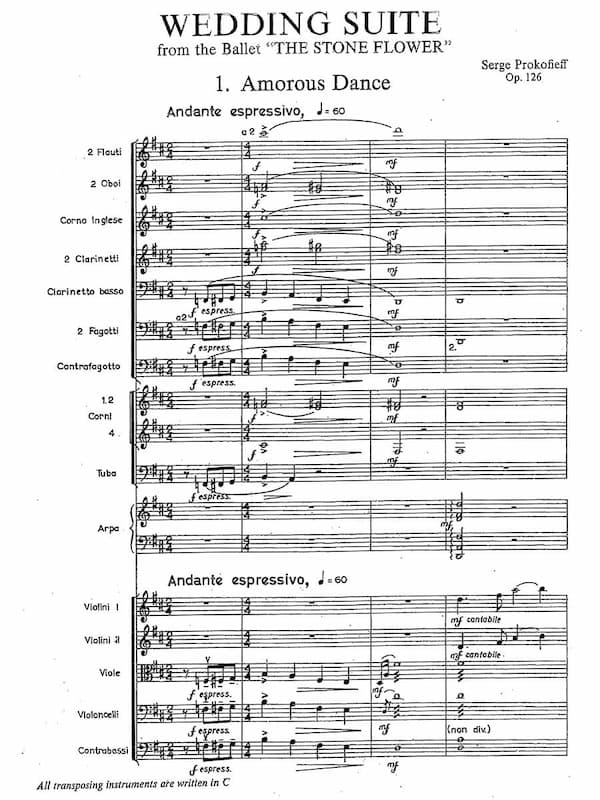
Prokofiev’s The Tale of the Stone Flower Suite
The Tale of the Stone Flower was Prokofiev’s eighth and final ballet. Composed between 1948 and 1953, it is based on a Ural folk tale and premiered posthumously in 1954. Shaped by the constraints of Soviet Socialist Realism, Prokofiev favoured accessibility, lyricism and folk-inspired music over modernist complexity.
Prokofiev crafted several orchestral suites that condense the ballet narrative into programmatic vignettes, emphasising key scenes and characters. A magnificent example of Prokofiev’s late style, the music combines folkish simplicity with orchestral brilliance. Depending on the particular suite, we find warm diatonic melodies, exotic energy with modal harmonies and fiery rhythms, or a mystical atmosphere with chromatic harmonies and shimmering orchestration.
Prokofiev’s magnificent orchestral suites showcase his versatile genius by blending modernist vigour, lyrical expressiveness, and vivid orchestration. They highlight Prokofiev’s talent for programmatic storytelling as he adapted his voice from avant-garde rebellion to refined and narrative-driven clarity.
For more of the best in classical music, sign up for our E-Newsletter
